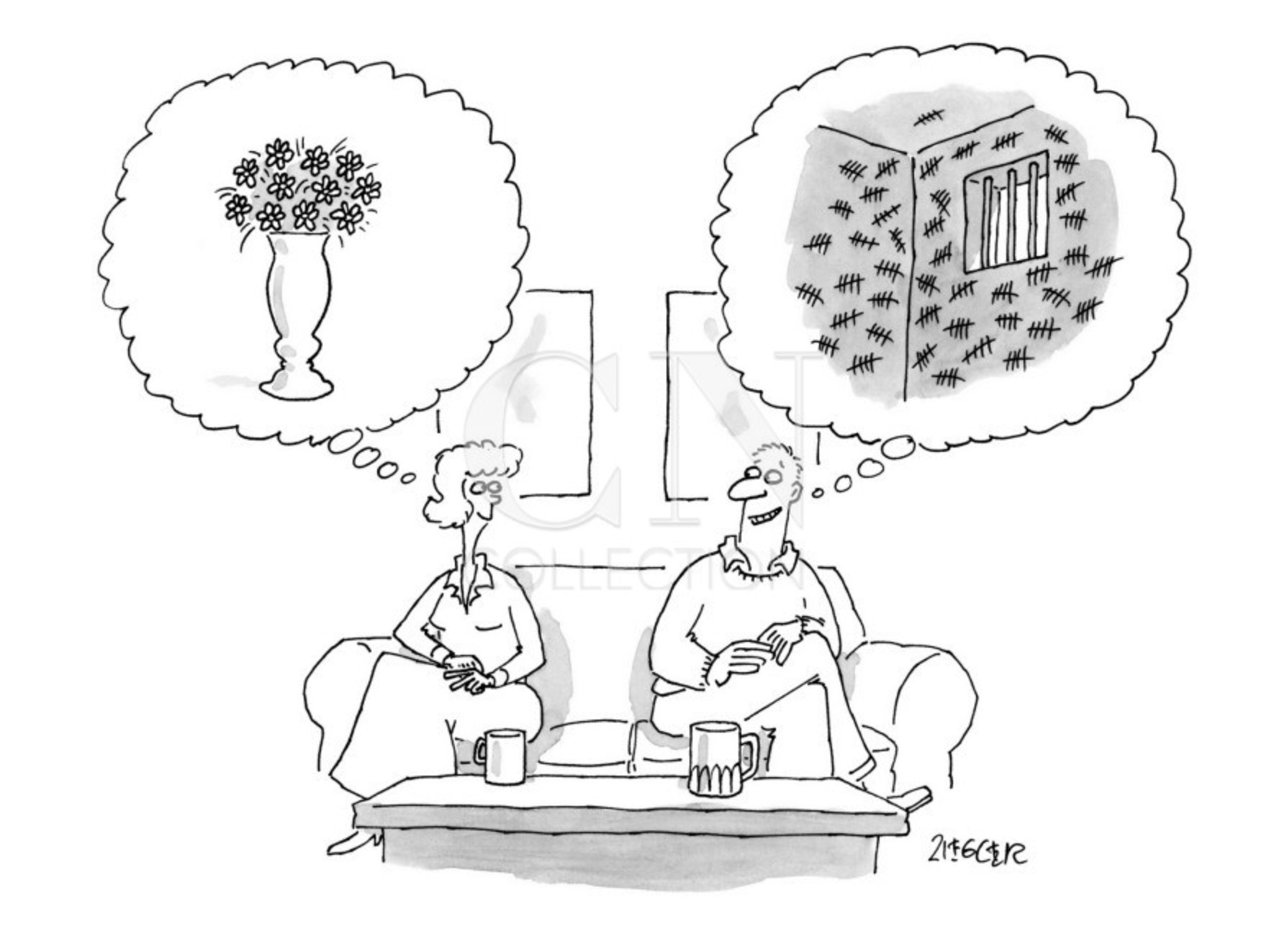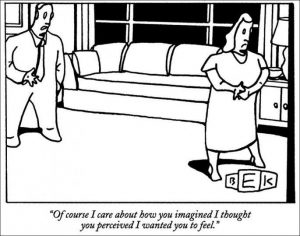
Upon landing in LA, the odds looked good for the weekend forecast – bright and sunny. Yet, here I was, looking forward to spending it in a conference room at the UCLA Faculty Center for advanced training in Mentalization Based Treatment (MBT). The Practitioner Level course I participated in was for clinicians who had already completed basic training and supervision and who are on track to become supervisors themselves. The creators of MBT, Anthony Bateman and Peter Fonagy, worked with a dozen clinicians from around the country to hone our MBT skills through a combination of didactics, videos and case presentations. It left me feeling excited and inspired to bring MBT back to NYC and to the Ellenhorn family of PACT teams.
But what exactly is MBT? More and more clients and clinicians are hearing about “this MBT thing” from the UK and Europe, as a few pioneering academic centers around the country including McLean Hospital, the Menninger Clinic and UCLA have incorporated MBT into their offerings. My elevator pitch explanation of Mentalization is that it is the universal human skill of seeing oneself from the outside and others from the inside. It is “keeping the mind in mind” and helps people understand misunderstandings. Mentalization comes naturally to most people when they are calm. However, when situations with people arise that cause strong emotional reactions, Mentalization goes “offline” and people can become certain that their point of view is the right one. For example, if someone is dating someone new and that person does not respond immediately to a text about hanging out, some people get very upset and become convinced that the person must hate them and no longer wants to see them. While that could be the case, there are many other possibilities and MBT is designed to help people adopt a more “not-knowing” stance about uncertain interpersonal situations, and even about their own complex thoughts and feelings about a situation.
Although the reference is a bit dated, MBT practitioners suggest taking a “Columbo-like” stance, as the TV detective Lieutenant Columbo frequently would say things such as, “this may be totally off, but I am wondering if….” and then share his hypotheses in a way that people were more receptive to than if he had said, “I know who did it!” and began arguing his point without leaving room for other perspectives. MBT therapy can be done on an individual basis, in groups or as family therapy. The therapist channels Columbo by taking a very active role in modeling good mentalizing and by helping clients recognize when poor mentalizing is taking place. Although MBT was created by two psychoanalytically trained therapists and is considered a Psychodynamic (as opposed to Cognitive Behavioral) therapy, it is a far cry from the quiet analyst who sits behind the proverbial therapy couch.
MBT is one of several evidence-based treatments for Borderline Personality Disorder, although people often think of Dialectic Behavioral Therapy (DBT) as the go-to treatment, at least in the U.S. I anticipate this will change as more clinicians get trained in MBT through the basic 3 day trainings now being offered several times a year. In the UK, Anthony Bateman has also gathered evidence that MBT is an effective treatment for Antisocial Personality Disorder, a disorder that has a reputation of being untreatable. Fonagy and Bateman believe that MBT has the potential to be a “transdiagnostic” therapy that can work across a wide range of psychopathology due to how central the skill of mentalizing is to interacting with others and in being understood. Because of MBT’s potential to help a wide range of clients, it is well suited to be incorporated into the Ellenhorn family of PACT teams offerings. The Ellenhorn family of PACT programs have started running introductory groups and providing individual MBT therapy in New York and Boston.
Having trained and worked at McLean Hospital, I was fortunate to have developed as a therapist amongst clinicians who embraced MBT. Their enthusiasm for it was infectious. It informs my practice on a daily basis and helps people where other treatments have fallen short. MBT is about generating curiosity and I hope with this post I have piqued your curiosity to learn more about it.
To find a training near you and to learn more about MBT, the Anna Freud National Centre for Children and Families should be your first stop. A therapist in Norway has also created a brief YouTube cartoon Video that explains MBT quite nicely. Happy mentalizing!


